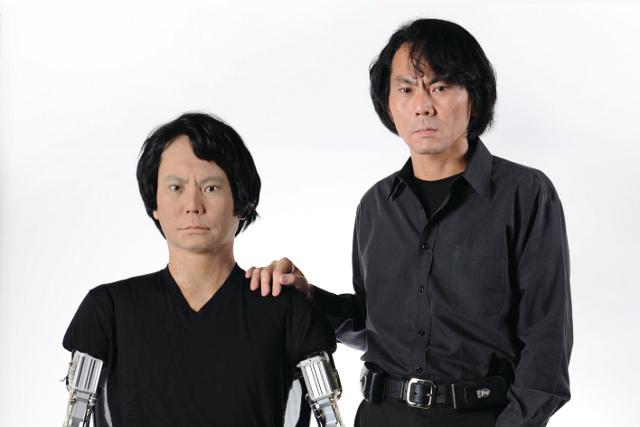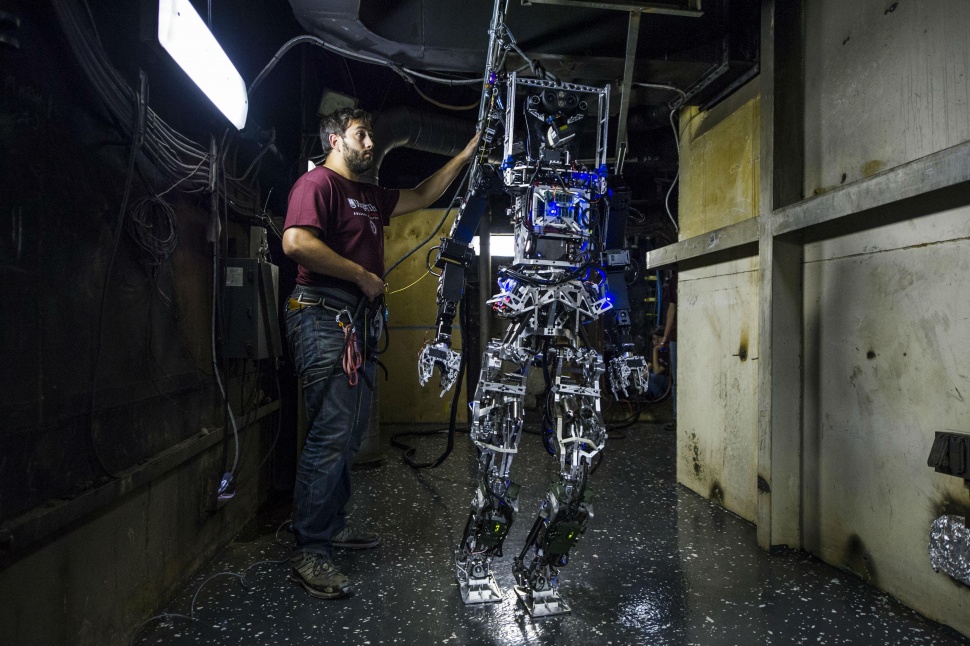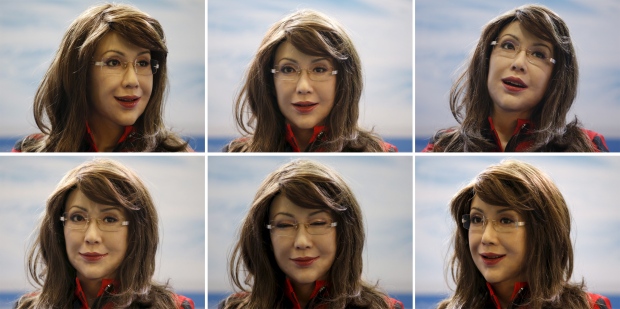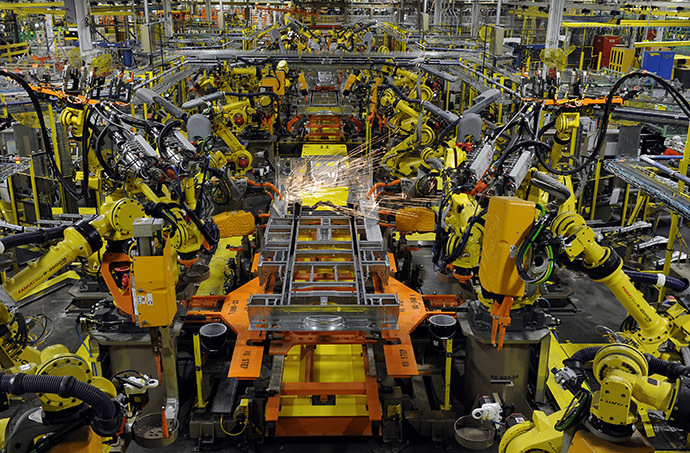Last week, it was reported that an increasing number of local F&B outlets are turning to automated solutions amidst rising labour costs and manpower crunch. The move is emblematic of the global trend towards increasing reliance on non-human labour.
However, the real question is: "To what extent will automatons take over the role of humans?"
For now, the notion of machines taking over the entire human workforce remains confined to the realms of dystopian science fiction.
Nonetheless, the pace at which machines are catching up with humans warrants further contemplation. Some of the most recent technological developments, provide foood for thought about the long-term role and viability of human labour.
Treading into the unknown
 Source: Yang Yang (left) and Palin (right)
Source: Yang Yang (left) and Palin (right)
Check out Yang Yang. "She" is a robot "who" carries herself with elegance and poise. The Sarah Palin-lookalike can be an attractive-looking individual with piercing brown eyes and dark wavy hair. What makes Yang Yang more endearing to the public is her impressive eloquence and friendly demeanor.
Except, she is in no way a human — just that she is modelled after one.
Yang Yang is a humanoid unveiled in April this year at the Global Mobile Internet Conference 2015 in Beijing, China. She was developed jointly by the Shanghai Shenqing Industry (SSI) and Hiroshi Ishiguro, a Japanese expert on robotics.
What makes her so life-like? Her facial features.
It was reported that Yang Yang has approximately 43 points of articulation, most of which are located at her face.
Accordingly, the humanoid is capable of producing a variety of facial movements and expressions, thanks to the numerous motors embedded beneath her "skin".
Besides blinking, smiling, talking and rotating her head, Yang Yang is able shake hands and hug people.
 Source: Ishiguro posing with a humanoid version of himself
Source: Ishiguro posing with a humanoid version of himself
Ishiguro, who played an integral role in Yang Yang's design and development, enthused about his radical belief that humanoids are capable of replacing humans in the entertainment industry, or even in the service line:
There are many possibilities, for example an idol singer [pop star]. An android robot is more beautiful, probably, and they never get tired and can keep singing songs forever. And how about a fashion model? Or newscasters and receptionists – even famous movie stars.
Perhaps more disturbing is Ishiguro's view on the potential of human-android relations:
All of my staff have formed a relationship with and become very attached to the androids they have been developing, as they can touch her in a way that they cannot touch other human beings, almost like a lover. But of course the difference is that physically she is often more attractive than their girlfriend or boyfriend. She is like the ideal wife.
Is there an end in sight?
It has been estimated that there will be close to two million industrial robots by 2017, which makes it approximately one robot for every 3,700 humans. Not all of them will look like humans, of course. Beyond that, whether their numbers shall continue to grow, or how quickly they shall grow, is yet to be comprehensively addressed.
 Source: SAFFiR, a humanoid firefighter in the works
Source: SAFFiR, a humanoid firefighter in the works
Meanwhile, there are also reports of plans to introduce robot police officers and firefighters.
Of course, none of the machines mentioned thus far demonstrate the ability to emote or think as humans do.
However, in light of the extent to which society is increasingly mechanised, one might ponder if robots can slowly but surely take over humans in jobs that are manually labourious?
Will automatons make obsolete many human jobs we know of today?
Also, will negative effects be more pronounced for certain classes, such as the blue-collar workers or white-collar professionals?
If you are keen to find out more about experts' view on which jobs are at greatest risk of being taken over by machines, check this out.
Top image from here.
If you like what you read, follow us on Facebook and Twitter to get the latest updates.
If you like what you read, follow us on Facebook, Instagram, Twitter and Telegram to get the latest updates.



